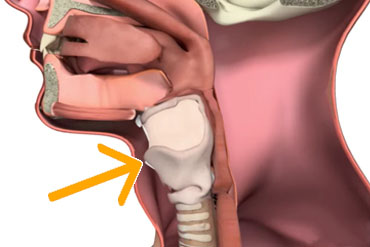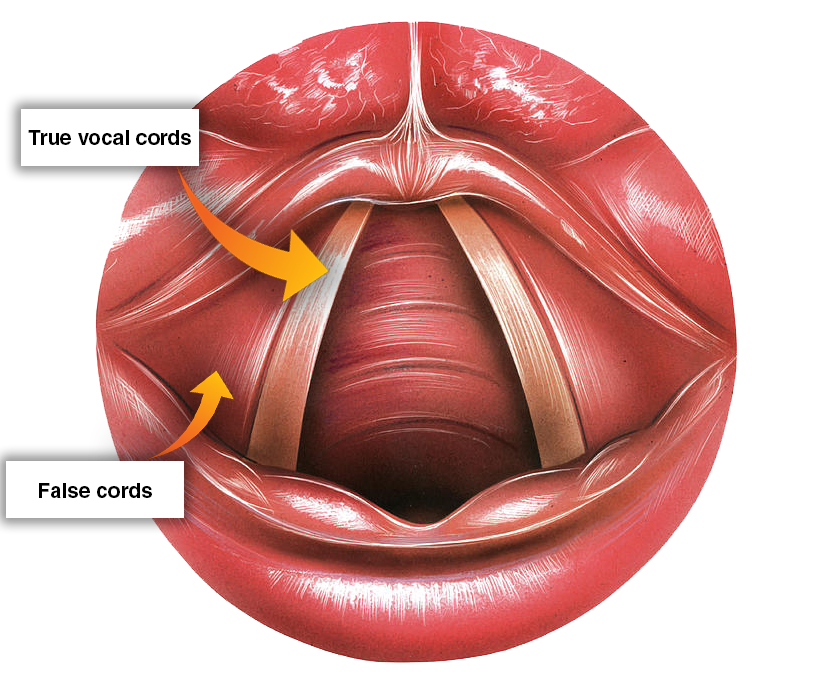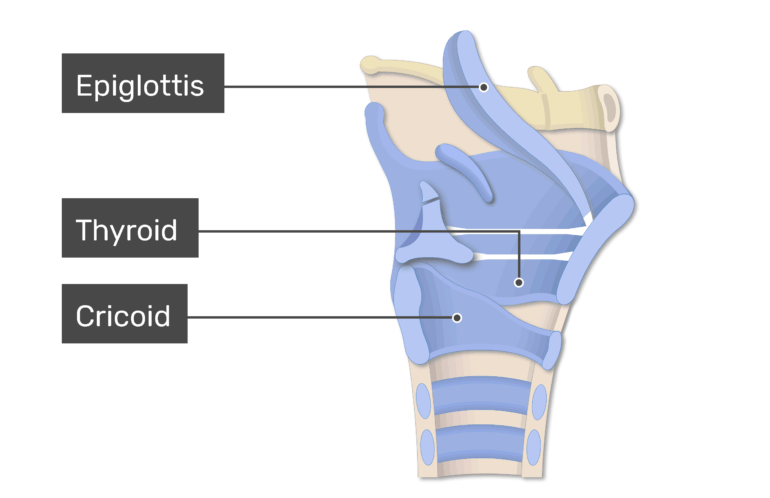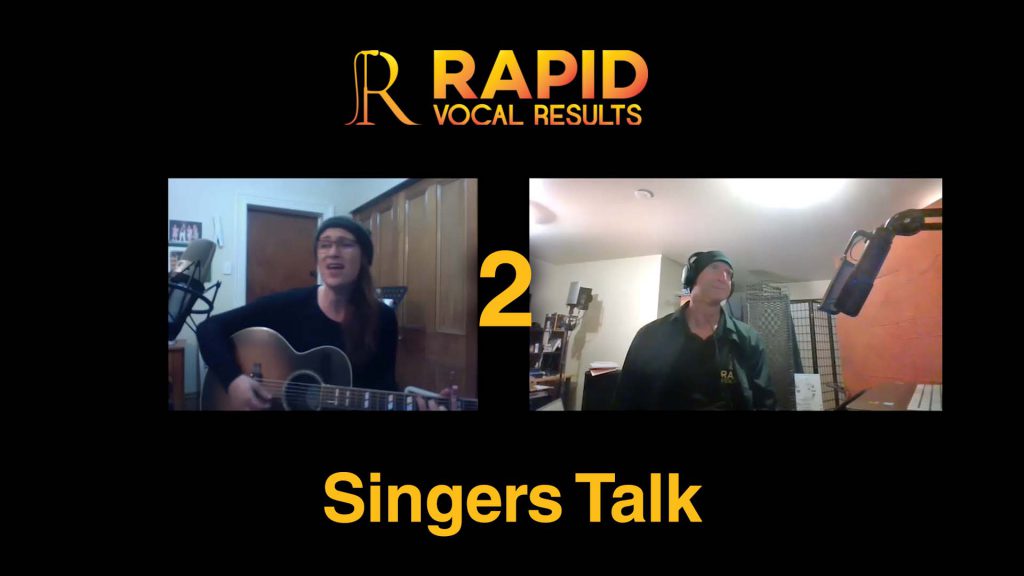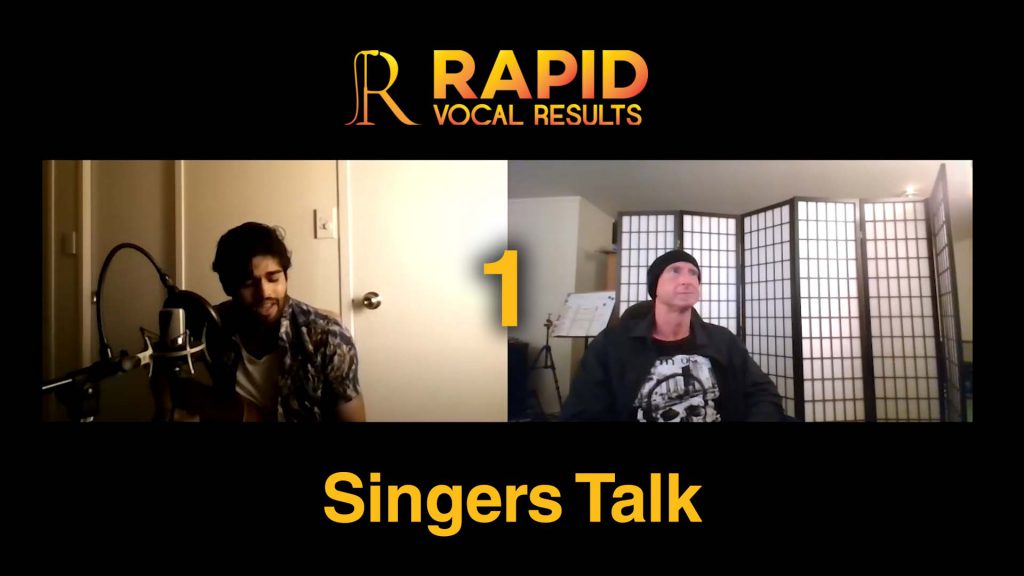I have been coaching & mentoring and developing singers and professional public speakers now, for over twenty years. I couldn’t begin to count the times, over those years when aspiring singers and professional speakers have walked through my doorway and immediately, started pouring their hearts out to me about how much they love to sing, or speak and how they want to make a living through their respective crafts. These people are full of desire to make significant vocal improvements, in respect to the way that there voice currently sounds and performs. Music to my ears right? I mean I love everything to do with vocal development and especially the part about helping my clients achieve their vocal goals!
These same clients speak to me with great conviction about their willingness, to move heaven and earth, to overcome their current vocal challenges and achieve their voice goals etc. In other-words they are saying all the right things, on day one of their Rapid Vocal Results, Vocal Diagnostic Session i.e. there’s a visible fire in their eyes and they carry themselves with purpose in both their manner and in their body language etc.
So why do 70% of my clients go on to achieve their vocal goals and usually exceed their own initial vocal growth expectations? Why do 30% of my clients start off with great enthusiasm and quickly loose interest in achieving their vocal development goals and drop out long before they have exhausted their true vocal potential?
In both cases it’s the same answer 70% of my singers and professional voice clients understand the importance of working closely with me to help them develop rock solid positive mindsets, that enthusiastically support achieving their vocal development and musical career goals. As a result these clients are now primed to soak up each and every vocal and diaphragmatic breathing co-ordination insight and instruction that i can share with them, and they go on to experience rapid vocal results!
30% of my singers and professional voice clients, are not willing to change or strengthen their mental out look! See they are happy to perform the physical vocal and breathing exercises and co-ordinations for a short time. But sadly they neglect to take the time to work with me to develop a rock solid positive mindset. Positive supportive mindsets would have helped them to stay the course, and would have significantly reduced the time it takes for these people, to achieve their vocal development and musical career goals. Instead they quit early and never discover their true performer voice.
Let me start off by saying that, the quitting epidemic in our society is wide spread it’s even an acceptable part of our culture.
Why do so many people quit or throw in the towel before they achieve their goals in life?
The answer is that we live in an age of instant gratification i.e. we want results and measurable improvements immediately, but many people aren’t prepared to work to get the outcomes they desire!
Successful people know that the 1st step to achieving any goal you set for yourself is to create the right positive supportive mindset (or state of mind). Its vitally important to get your mind on board before you can hope to achieve any significant goals and make dramatic improvements in your life.
Suppose your friend dared you to jump over a narrow creek. So you accept the dare and immediately create a short term goal for yourself to jump over a creek or river bed and land safely on the other-side. The distance you need to jump is a challenge, if you underestimate how much energy and vertical height you need when you make the leap you can wind up short and land in the river and get wet! Most people would take a moment before they jump to visually measure the distance with their eyes (that’s called calculating the odds for success) and give themselves some kind of quick momentary pep talk to convince themselves that they can indeed, take the necessary actions to make the jump and land safely on the other-side (that’s a example of mental priming) i.e. preparing your mind to achieve success. That’s stage one of building a supportive mindset to generate the right kind of mental and physical energy that’s required to help you achieve your short or long term goals!
Next they would make a mental note to themselves, about the physical actions they need to take in-order to execute the jump properly, (that’s called preparation & strategy ) It might go something like this you’d need to back up a few paces remove any debris or fallen branches out of your way and give yourself, a good run up in-order to be able to get up enough speed to make your jump and easily cross over the water and land safely on the other side.
The last step is the most critical factor in determining a successful outcome for our river jump.
Visualization is (the tool that all successful athletes and business people/ and movie and music stars, use to create a supportive mindset to reduce the time it takes them to achieve their life goals). The act of seeing yourself achieve goals by using your imagination to create powerful mind movies see yourself in-advance already having achieved the goal your working on! I use various visualization exercises with my students to help them to immediately over come existing vocal challenges, the coaching results are outstanding.
In this example lets visualize ourselves making the river jump etc before we physically do it, see it going smoothly in our minds eye. We might repeat this visualization five or six times until our body, feels physically comfortable with the physical activity we are about to perform.
Visualization exercises will prime our body and mind to achieve our personal best! Here’s how visualization works…When you learn how to make the visualization real enough (i.e. employ all of your natural senses during the activity or goal you want to see yourself achieving. imagine every sound every sensation of what your body would experience, hear see, and feel as you achieve your goal etc Because when you use all your senses during the visualization your brain can’t tell the difference between what’s real and what’s been visualized)! If you close your eyes when doing this exercise the visualization will be that much more effective and powerful. Visualize often enough and with a high level of emotional intensity your brain will think you can already achieve the things you set out to do)! (That’s stage two of creating a supportive mindset to generate the right kind of physical and mental energy and focus needed to achieve your goals).
Without a supportive mindset it’s much more difficult to align all your bodies’ senses and energies to achieve your most important goals.
There’s an old saying that where your mind goes your energy flows.
Henry Ford, (credited as been the father of the modern motor car industry) is famous for saying “whether you think you can or whether you think you can’t your right”!
Basically too many beginner and intermediate level singers or aspiring public speakers allow their minds to entertain negative thoughts that create self doubt. That’s why, before we go to learn any new skill including singing or professional speaking. We need to create a positive mindset, that will literally support higher levels of achievement! Work on strengthening your mind at the same time as you work on improving your vocal and breathing co-ordinations and singing muscles etc and your vocal progress will be much faster and smoother.
Creating a supportive state of mind is the key to experiencing higher levels of performance.
So before you throw in the towel and give up on your dreams if you find it hard to stay motivated to achieve your voice goals.
Try these great exercises to build a positive state of mind that will help keep you fizzed up and excited and on track to unlocking your performer voice.
If you’re like the 70% of my successful singers and aspiring professional speaking clients, that are already committed to achieving their voice goals and career ambitions. These same exercises will give you a massive shot in the arm of additional energy and motivation to dramatically increase your vocal growth and performer potential!
If you’re like the 30% of my clients that start off with great intentions and have a history of giving up before you reach your goals, the exercises below can develop the staying power you need to realise your vocal goals and ambitions.
1. When you wake up in the morning the first thing you say in your mind is that “I am a good person I deserve to achieve my voice goals. Now repeat that same sentence out loud at least five times with enthusiasm and excitement!
2. Write down your vocal development goals on a piece of paper or on your phone, tablet etc and speak each desired goal out loud each day in a clear positive enthusiastic voice. (Seeing and hearing your vocal goals on a daily basis creates a massive amount of emotional excitement and internal energy) Let’s use that to our advantage.
3. Talk to your vocal coach and share any negative thoughts that might be impacting on your singing…. that way your coach can help you get over your case of “stinking thinking”. If your coaches response is “suck it up buddy” or similar line of advice then you need a new coach!
4. If you struggle to get excited at the idea of doing vocal practice change your vocabulary! I.e. the phrases “home work” or “practice time” sound boring so instead make up your own unique name for your practice time. For example it’s time for me to get going with Paule’s vocal gym. (I’ve always loved the discipline of establishing daily practice routines). My personal best is 36 days in a row of “Paule’s vocal gym”! This included some marathon three hour vocal gym exercise sessions, ( don’t try that at home!) unless you really know what you’re doing! But that’s just my idea of a good time. Those marathon vocal gym sessions helped me to obtain a wealth of valuable insights, regarding innovative ideas and concepts to improve the effectiveness of both my coaching and development services and also provided me with a wealth of valuable insights about how the human voice functions, and how our central nervous system, diaphragm and vocal and breathing co-ordinations are naturally designed to work in harmony with each other to reach your full vocal potential! These incredible insights ive gained over the years from completing these marathon vocal gym sessions became the basis for my unique Rapid Vocal Results coaching method.
5. Diary your practice times…… it’s easy to skip anything that’s not scheduled into your calendar or diary….. Laptops phones and tablets are great because you can even set reminders to help you stay on track with practice.
6. Visualize your self achieving your goals. Use this exercise on a daily basis for a month to see how powerful this tool really is for fast tracking your vocal progress or career goals.
I can teach anyone to sing and significantly reduce the time it takes a singer or public speaker to achieve their true vocal potential. The unique coaching insights to dramatically transform your voice come from me …..
The desire the passion and commitment to experience Rapid Vocal Results, has to come from you! Your rate of vocal achievement is driven by your emotional energy and intensity levels. Your emotional energy can run low especially if you lead a busy life style (who doesn’t right)? So make sure to top up your emotional energy levels on a daily basis by following your six step plan (as out lined above) to create a positive mindset that supports top performance.
I work with all of my clients young and old to help them set realistic vocal development goals (i.e. to achieve anywhere from 50% of their natural vocal growth potential (for casual singers) through to a 100% of their natural vocal growth potential (for singers aspiring to make music a full time career, and or established touring artists that need to perform at their very best vocally night after night on the road or in the recording studio).
Regardless of the singers level of ambition. I work tirelessly, to help all of my clients achieve their vocal development and career goals, by providing ongoing performance and success mentoring. I share with each of my singers the power of goal setting, and visualization exercises and various other techniques that the world’s most successful athletes and business people/ and famous musicians and actors use on a daily basis to achieve unbelievable commercial and personal success.
The simple six step programme I’ve shared with you, will help you to develop a positive supportive mind set, this will pave the way for you to experience higher levels of vocal performance and improvement, the mindset programme can be applied to any kind of worthy goal or ambition that you want to achieve in life. Theirs no substitute for hard work in the vocal gym but if your mind and your body are aligned and working together on the same goal you will achieve Rapid Vocal Results in half the time!
The power of goal setting and developing a positive supported mind set is not for everyone …because it takes regular effort and a willingness to prepare for greatness.. But it can work wonders for anyone that is willing to make it a daily practice and that’s the no “Bull Shit” for this blog post.
Better singing everyone!
